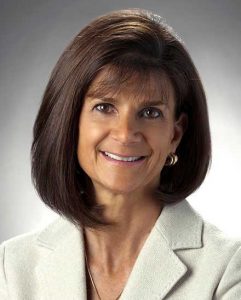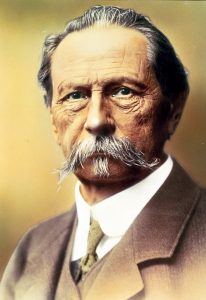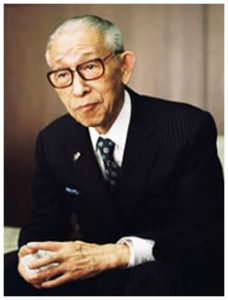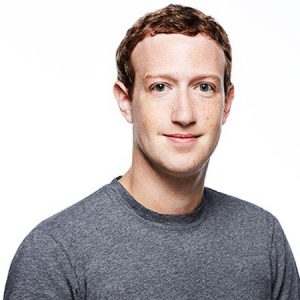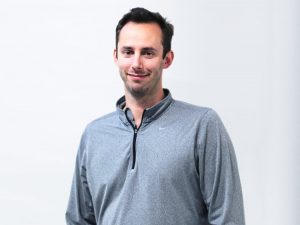Susan Wojcicki : The Second Chief Executive Officer of YouTube
From being a mother of five children to making a name in the list of the Most Powerful Women of biggest forums like Forbes and Fortune, Susan Wojcicki has become an inspirational example of women empowerment. A part-time painter, doodler, and a scholar from the University of California, Wojcicki is responsible for Google’s most beneficial deal- YouTube. The current CEO of YouTube oversaw the potential of the user-uploaded content, and convinced Google’s board members, to give her idea the green light, and steal the deal.
Early Life
Susan Wojcicki was born on 5 July 1968, to a physics professor, Stanley Wojcicki, and Esther Wojcicki, an educator, in Santa Clara, California. Her father served at the Stanford University, so she along with her two sisters, Janet Wojcicki and Anne Wojcicki, spent most of their childhood in the university campus.
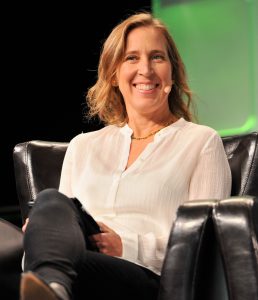
Wojcicki completed her high school from Gunn High School, Palo Alto, California. In 1990, she graduated from the Harvard University with primary subjects, history and literature. Later, she attended the University of California, to pursue a master’s degree in economics, followed by an MBA from the UCLA Anderson School of Management.
During her graduation, Wojcicki took Computers as a subject and grew an interest in it. Her interest led her to drop the long-term plan of pursuing a career as an educator and choose a career in the technical field.
Early Career & Joining Google
After her MBA, Wojcicki started working in the marketing team at Intel in Santa Clara, California, in 1999. Later, she became the management consultant at Bain & Company and R.B. Webber & Company. In the year 1998, the founders of Google, Larry Page and Sergey Brin, used Susan’s garage in Menlo Park, as their first Google office. In 1999, she joined Google as the first marketing manager and the 16th employee of Google. She was also among the first Google Doodle team and has been a part of Google’s most important projects, like Google Images, AdWords, DoubleClick, and Google Books.
Wojcicki continued working in the marketing department of Google, becoming the senior vice president of Advertising & Commerce department of Google. In 2007, Google acquired DoubleClick by paying $3.1 billion, on the suggestion of Wojcicki.
CEO of YouTube
During the rise of YouTube, Wojcicki foresaw the scope of it and advised Google to take over it, merging the Google Video into it. Hence in 2006, Google acquired YouTube for $1.65 billion. Within less than a decade of the acquisition of YouTube, YouTube valued at $160 billion, 100 times more than the initial investment of Google.
In February 2014, Wojcicki was appointed as the second CEO of YouTube. After she became the CEO, the number of logged in users per month raised to 1.9 billion, watching videos on it one billion hours a day. Her leadership rose, up to 30% female employees in the YouTube office. She also imposed some policies on the content of YouTube to prevent hate speech and violent extremism.
Personal life
On August 23, 1998, in Belmont, California, Wojcicki got married to Dennis Troper. The two are parents of five children. Wojcicki and Dennis Troper move philanthropy through the Troper Wojcicki Foundation. She has been a supporter of Women’s computer education. She even advocated for the paid maternity leaves for women and gender discrimination. In 2017, Wojcicki was ranked at number 6 in the list of Forbes World’s 100 Most Powerful Women.

Yashica is a Software Engineer turned Content Writer, who loves to write on social causes and expertise in writing technical stuff. She loves to watch movies and explore new places. She believes that you need to live once before you die. So experimenting with her life and career choices, she is trying to live her life to the fullest.
